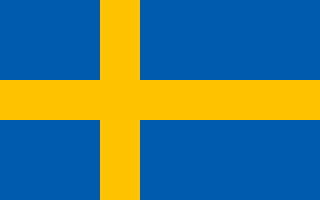

Sweden |
Key Statistics: |
|
 |
Area: | 449,964 km² |
| Forest Cover: | 227,000 km² (50.5%) |
|
| Population: | 9,110,972 |
|
| Biomass Utilisation: | 14% of primary energy use. 89 TWh in 2002. |
|
| Biomass Applications: | The utilisation of biomass as a
fuel source within the forestry industry accounts for 57% total
biomass use. District heating is 30% with individual small scale
domestic heating 13%. There is thought to be approximately 200 district
heating plants in Sweden with a total capacity of 24GW. Between
1990 and 1999 there was a 44% increase in the utilisation of biomass
as a fuel source. |
|
| Type of Biomass Predominantly Used: | Forestry by-products such as bark
and woodchips. |
|
| Economics: | Biomass fuels have been stable
since the mid 1980’s. This equates to a drop in real terms.
|
|
| Government Support: | The energy tax reform of 1991 introduced
a carbon and energy tax. This instantly made biomass the preferred
fuel for district heating applications since the cost of using fossil
fuels rose from between 30 -60%. In 2004 the carbon tax was 100€/tonne
CO2. Eleven percent of R&D funding since 1975 directed at bio-energy.
|
|
Biomass Growth Analysis: Contributing factors to high biomass infiltration are: -
|
||
References: Johansson, B., 2004. ‘Biomass in Sweden –
Historic Development and Future Potential Under New Policy Regimes.’
Lund University. |
||